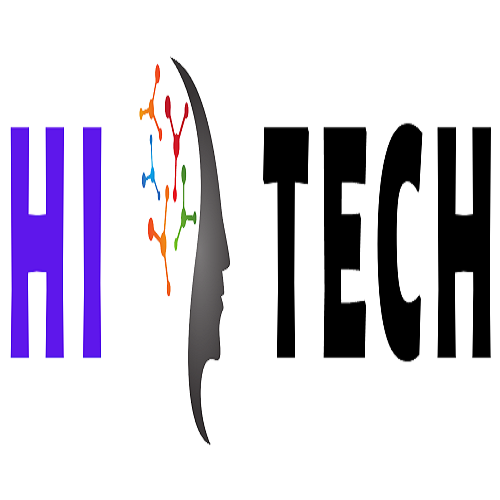Introduction:
As
technology continues to evolve, it has brought about many significant changes
in the way we do things. One of these changes is the introduction of cloud
computing technology. This technology has been a game-changer in the world of
computing and has revolutionized the way businesses operate. In this article,
we will explore cloud computing technology, its benefits, and how it is being
used today.
Cloud
computing is a technology that allows individuals and businesses to store,
manage, and access their data and applications online. It eliminates the need
for physical servers, which can be expensive to maintain, and offers greater
flexibility and scalability.
Traditional Computing:
Traditional
computing requires businesses to invest in physical servers and IT
infrastructure, which can be expensive. Cloud computing, on the other hand, is
a pay-as-you-go model, which means that businesses only pay for what they use.
This makes it an ideal solution for small businesses or startups that do not
have the resources to invest in IT infrastructure.
Benefit of Cloud Computing:
Another
benefit of cloud computing is its scalability. This means that they can handle
increased traffic during peak periods without having to invest in additional
hardware. It also allows them to quickly deploy new applications or services
without worrying about the limitations of their existing infrastructure.
Flexibility:
Cloud
computing also offers greater flexibility. It allows businesses to work from
anywhere in the world and collaborate with colleagues and partners in
real-time. This means that businesses can be more agile and respond quickly to
changing market conditions. It also allows employees to work remotely, which
can improve work-life balance and increase productivity.
Types of Cloud Computing:
Public
cloud computing refers to services offered by third-party providers such as
Amazon Web Services (AWS), Microsoft Azure, and Google Cloud Platform. Private
cloud computing, on the other hand, is a cloud infrastructure that is dedicated
to a single organization. Hybrid cloud computing is a combination of both
public and private cloud infrastructure.
Public Cloud Computing:
Public
cloud computing is the most common form of cloud computing and is used by
businesses of all sizes. It offers a range of services, including storage,
computing, and software applications. Public cloud computing is highly scalable
and cost-effective, making it an ideal solution for startups and small
businesses.
Private Cloud Computing:
Private
cloud computing is often used by larger organizations that require more control
over their IT infrastructure. Private clouds can be deployed on-premises or in
a data center and are managed by the organization's IT team. Private cloud
computing offers greater security and compliance, but can be more expensive to
set up and maintain.
Hybrid Cloud Computing:
Hybrid
cloud computing is a computing environment that combines the use of public and
private cloud services. It allows organizations to leverage the benefits of
both public and private clouds to meet their specific needs. In a hybrid cloud
environment, an organization may store sensitive data and critical applications
on a private cloud, while using the public cloud for non-sensitive data and
applications that require more scalability or temporary burst of computing
power.
Working of Cloud Computing:
Cloud
computing works by using a network of remote servers to store, manage, and
process data and applications. These servers are accessed via the internet, and
users pay for the resources they consume on a pay-as-you-go basis. Cloud
computing is typically delivered via three service models: Infrastructure as a
Service (IaaS), Platform as a Service (PaaS), and Software as a Service (SaaS).
IaaS:
It
is ideal for organizations that want to manage their own applications and
infrastructure but do not want to invest in physical servers.
PaaS:
It
is ideal for organizations that want to focus on developing applications rather
than managing infrastructure.
SaaS:
SaaS
provides users with access to software applications that are delivered over the
internet. This eliminates the need for users to install and manage software
locally, and allows them to access the applications from anywhere in the world.
Components of Cloud Computing:
Virtualization technology: This allows multiple virtual
machines to run on a single physical server, which maximizes the use of
hardware resources.
Cloud storage: This provides users with the ability to store
and access data over the internet. Cloud storage is typically more
cost-effective than traditional storage solutions and offers greater
scalability.
Cloud computing platforms: These platforms provide users with
a range of tools and services to develop, deploy, and manage applications in
the cloud.
Cloud applications: These are software applications
that are delivered over the internet and can be accessed from anywhere in the
world.
Uses of Cloud Computing:
In
the education industry, cloud computing is being used to deliver online
learning solutions and to improve collaboration between students and teachers.
In the entertainment industry, cloud computing is being used to deliver
streaming services and to support high-performance computing for special
effects and animation.
In Healthcare Industry:
In
the healthcare industry, cloud computing has enabled organizations to store and
manage patient records more efficiently, which has improved patient care and
outcomes. It has also facilitated the development of personalized treatment
plans by providing access to large amounts of data.
In Entertainment Industry:
In
the entertainment industry, cloud computing has enabled the delivery of
streaming services and has supported high-performance computing for special
effects and animation. It has also facilitated the development of new content
delivery models.
Conclusion:
In
conclusion, cloud computing technology has had a significant impact on the way
we do business. It has enabled organizations to be more agile, efficient, and
cost-effective, and has facilitated the adoption of new technologies and
business models. As the technology continues to evolve, we can expect to see
even more innovation and disruption in the years to come.








0 Comments